Weird news stories
:format(webp)/cdn.vox-cdn.com/uploads/chorus_image/image/73062155/stsci_01gqqfcdz3j7arc9f8qdxe0f7z__1_.0.jpg)
Monsters lurk in the background of James Webb Space Telescope images. Scientists are scrambling to make sense of them.
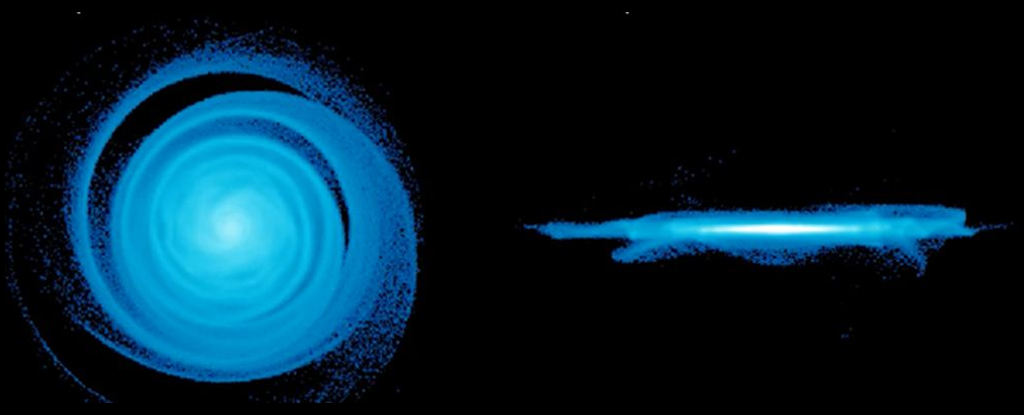
Astronomers have detected pond-like ripples across the gaseous disk of an ancient galaxy. What caused the ripples, and what do they tell us about the distant galaxy’s formation and evolution? And whatever happened, how has it affected the galaxy and its main job: forming stars? See the research here.
In a new study published in Nature Astronomy, University of Rochester astrophysicist Adam Frank explores the links between atmospheric oxygen and detecting extraterrestrial technology on distant planets.
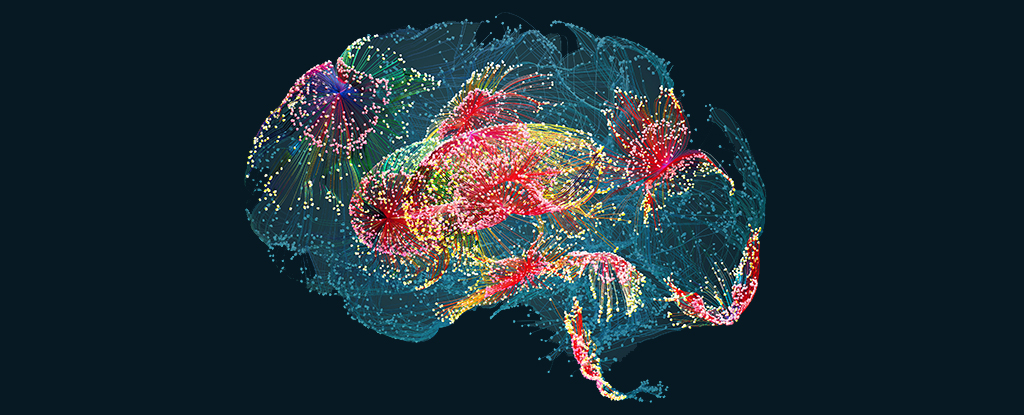
A world-first, non-invasive AI system can turn silent thoughts into text while only requiring users to wear a snug-fitting cap.
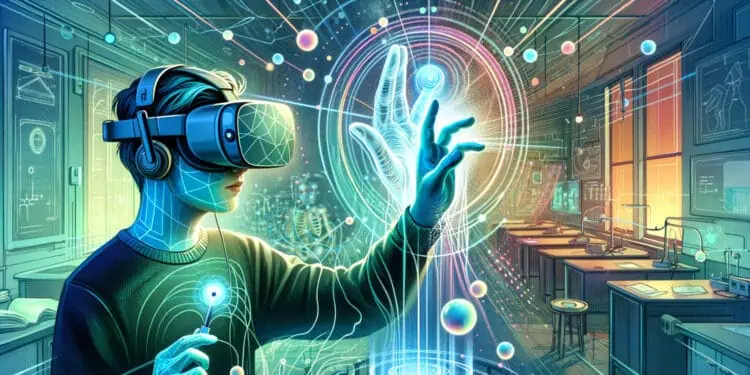
In a new study published in Scientific Reports, researchers have uncovered a phenomenon known as the “phantom touch illusion,” where individuals experience tactile sensations without actual physical contact in a virtual reality (VR) setting. This intriguing discovery raises questions about how the brain processes sensory information.

Researchers plugged a “brain organoid” into an artificial intelligence system, using the neural tissue to help complete computational tasks. The experiment could mark a step toward “biocomputers.” The study was published Monday (Dec. 11) in the journal Nature Electronics.
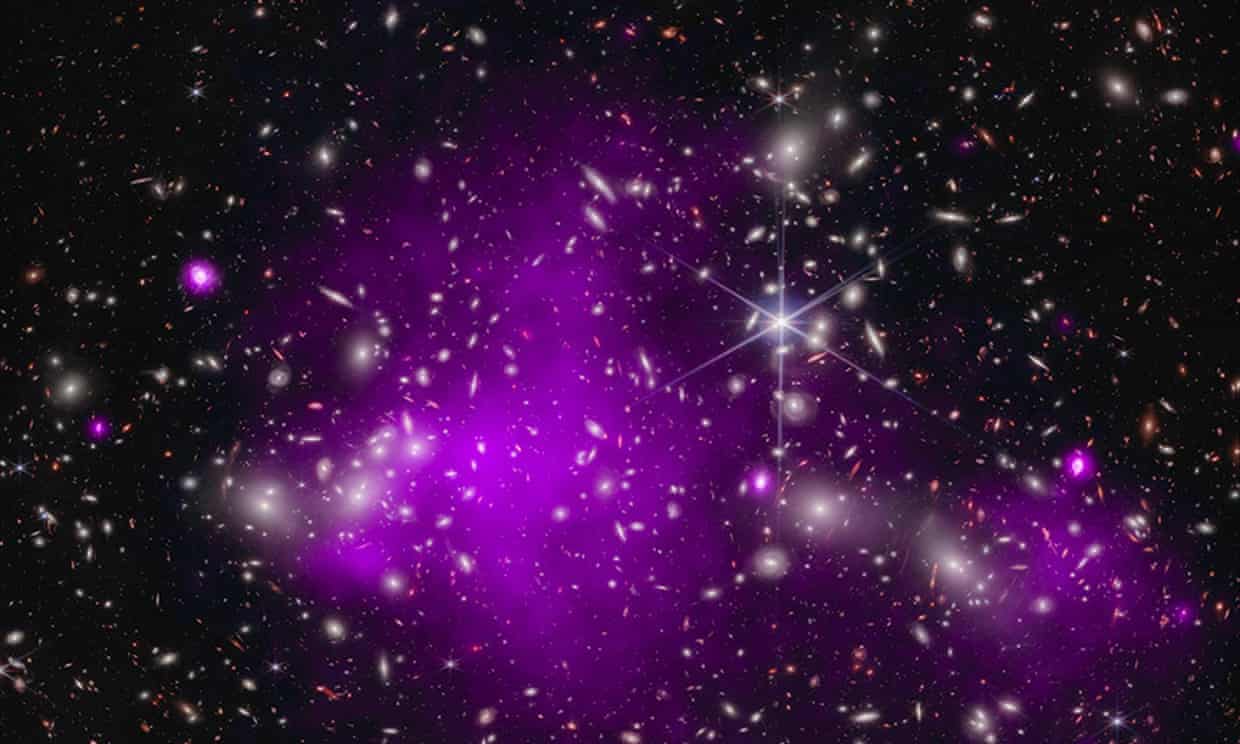
Exclusive: astronomers surprised at size of 13bn-year-old object, which raises new questions about where black holes came from.
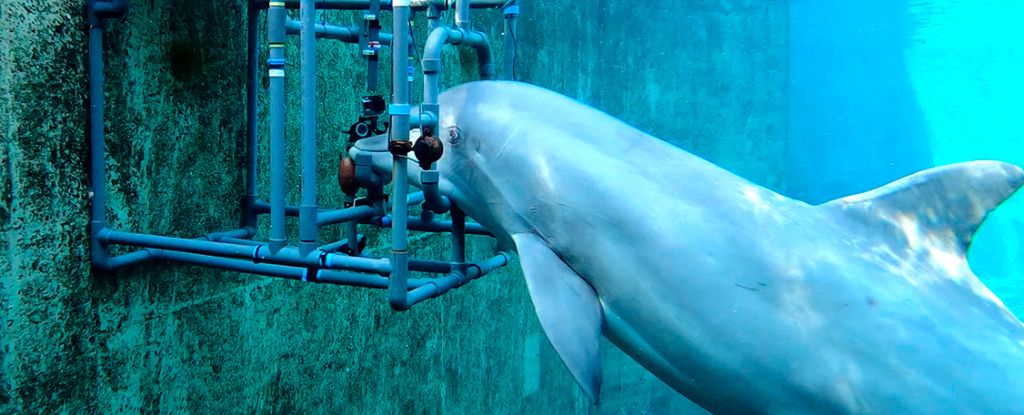
One of the most well-studied marine mammals in the world has been secretly harboring a superpower sixth sense. The study was published in the Journal of Experimental Biology.
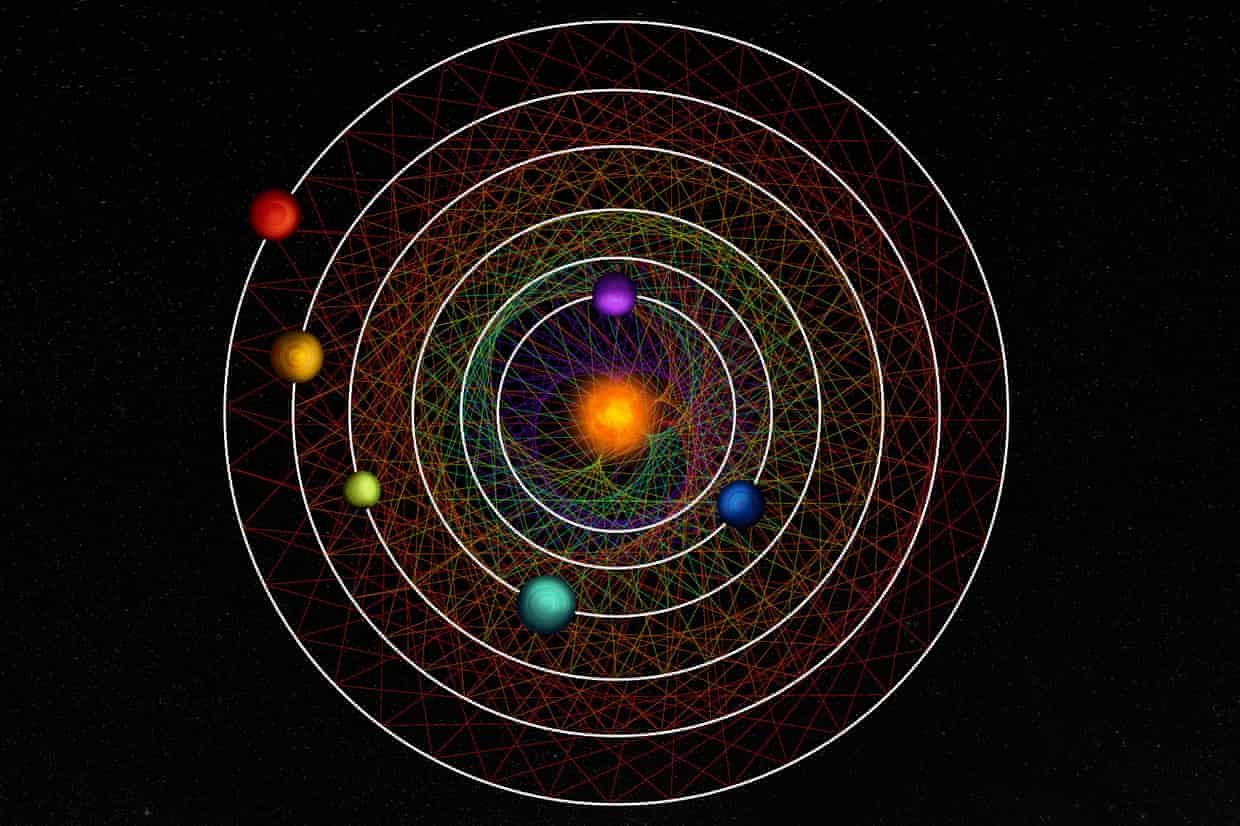
Six planets that orbit their star in a coordinated dance have been discovered by scientists, who say the finding could help shed light on why planets in our own solar system move to their own beat.

The astrophysicist and professor likes to ruffle feathers – and says his critics are merely jealous. He discusses UFOs, interstellar objects and the risks of his all-consuming search.

In 1991, physicists spotted a particle from space that crashed into Earth with so much energy that it warranted an “OMG!”A new particle of comparable energy has been found, researchers report in the Nov. 24 Science…And mysteriously, scientists are unable to pinpoint any cosmic source for the particle.
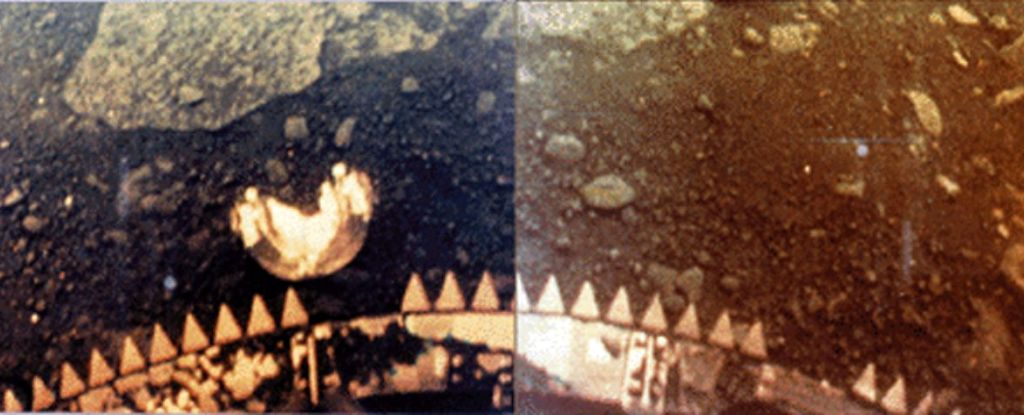
Venus is so tantalizingly close to being a twin of Earth. Its size, composition, and density are so similar to the properties of our homeworld… but when it comes to habitability, Venus couldn’t be more different.
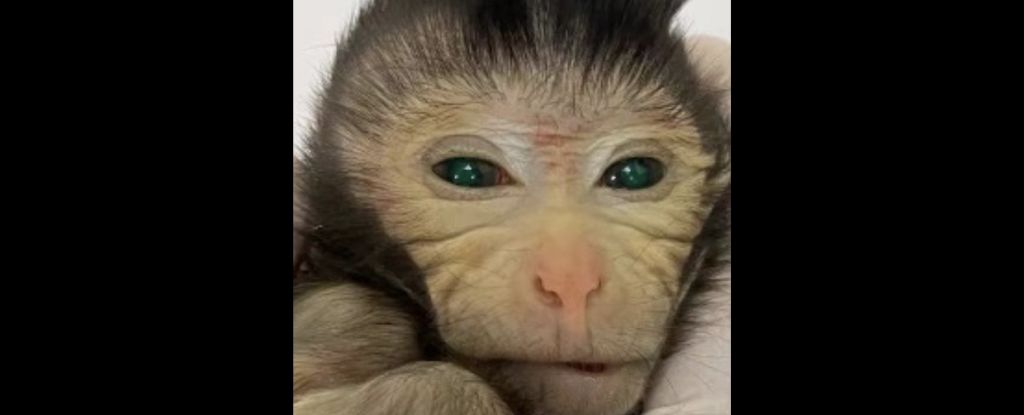
Scientists in China have announced the birth of a primate like no other, with eyes that shined green and fingertips that glowed yellow – and those were just the observable features. The study was published in Cell.

Fluorescence in mammals is much more common than previously thought, new research suggests.

Dozens of planet-sized objects have been discovered in the Orion Nebula via observations that could herald the existence of a new astronomical category…The objects are too small to be stars, but also defy the conventional definition of a planet because they are not in orbit around a parent star.
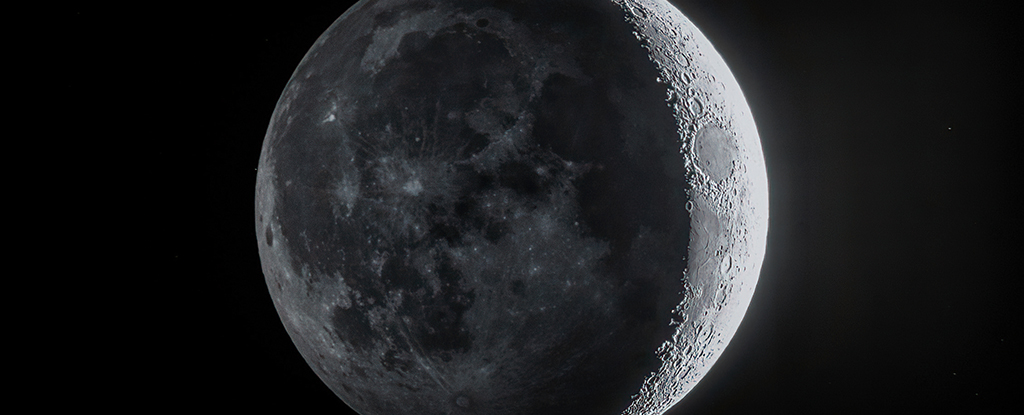
We know there’s ice on the Moon – what’s less clear is where it came from. A new study suggests that waves of electrons, arriving indirectly from Earth and the Sun, are contributing to the formation of frozen water on the lunar surface. The research has been published in Nature Astronomy.








